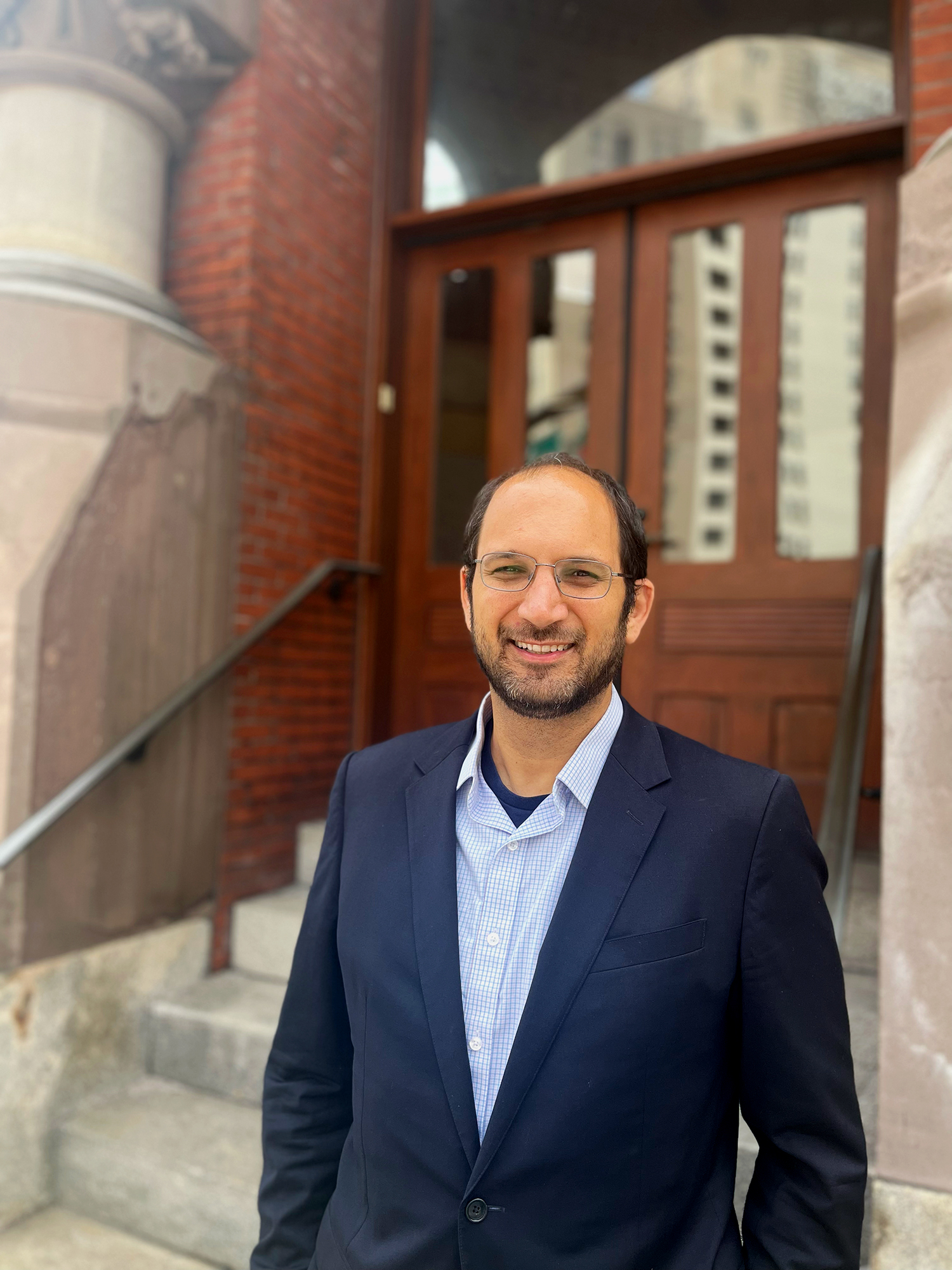Autism Spectrum and Developmental Disorders
Relationships between social knowledge, social behavior, and peer victimization in autistic and non-autistic adolescents
(PS4-64) Relationships Between Social Knowledge, Social Behavior, and Peer Victimization in Autistic and Non-autistic Adolescents

Jared K. Richards, B.S.
Clinical Psychology Doctoral Student
Drexel University
Philadelphia, Pennsylvania, United States- MM
Morgan L. McNair, M.A.
Doctoral Candidate
Stony Brook University
Port Jefferson, New York, United States - CK
Cara Keifer, Ph.D.
Assistant Clinical Professor
Yale Child Study Center
Milford, Connecticut, United States 
Matthew D. Lerner, Ph.D.
Associate Professor
AJ Drexel Autism Institute, Drexel University
Philadelphia, Pennsylvania, United States
Author(s)
Co-Author(s)
Peer victimization (PV) during youth has profound, lasting effects on a victim’s physical, mental, and social wellbeing (Bogart et al., 2014). Autistic youth are particularly vulnerable to PV, perhaps due to their perceived deviations from social norms (Maiano et al., 2016). Social functioning includes two components: social knowledge (e.g., knowing what to do) and social performance (e.g., flexibly enacting social behavior). However, little work has examined how autism-related differences in social knowledge and performance differentially relate to PV susceptibility.
167 autistic and non-autistic youth (11-17 years; 62 autistic per ADOS-2 & SCQ) completed questionnaires on social knowledge and PV; they and their parents each completed a questionnaire on social behavior (Table 1). Scores on these questionnaires were compared by diagnostic group using independent samples t-tests, and associations between these scores were assessed using bivariate correlations in the whole sample. Associations were further probed using moderation models with mean-centered variables examining whether diagnostic status interacted with social behavior and/or social knowledge in predicting PV, covarying for IQ.
Autistic and non-autistic youth significantly differed in social knowledge (p=0.017) and parent-reported social behavior (p< 0.001) but not in self-reported social behavior or PV (p’s>0.05; Table 1). PV did not significantly correlate with self- or parent-reported social behavior nor social knowledge in the whole sample. Moderation models revealed self-reported social behavior and social knowledge did not interact with diagnostic status to predict PV (both p >.05), but parent-reported social behavior did (b=-0.055, p=0.024), such that more prosocial behavior of autistic (but not non-autistic) youth, predicted reduced PV (b=-0.046, p=0.023; Figure 1). Follow-up moderation models examining specific facets of social behavior found that greater parent-reported communication, assertion, and empathy significantly interacted with diagnostic status in predicting reduced PV in the autistic group.
Despite autistic youth exhibiting levels of self-reported social behavior and PV comparable to non-autistic peers, their parent-reported social behavior predicted PV, while non-autistic peers’ social behavior did not: only for autistic youth did greater prosocial behavior predict reduced PV scores. Findings suggest the possibility that knowledge about the “correct” way to interact with others does not necessarily translate to neuronormative social performance in autistic youth (Gates et al., 2023), resulting in behavior that leaves them vulnerable to bullying from peers who are not understanding of social differences. In particular, to reduce susceptibility to PV among autistic youth, improved prosocial communication, assertion, and empathic behavior may be especially relevant targets of social performance interventions. Simultaneously, measures to improve knowledge and acceptance of autism and reduce stigma against neurodiversity are also crucial as more direct interventions to reduce PV.

.png)
